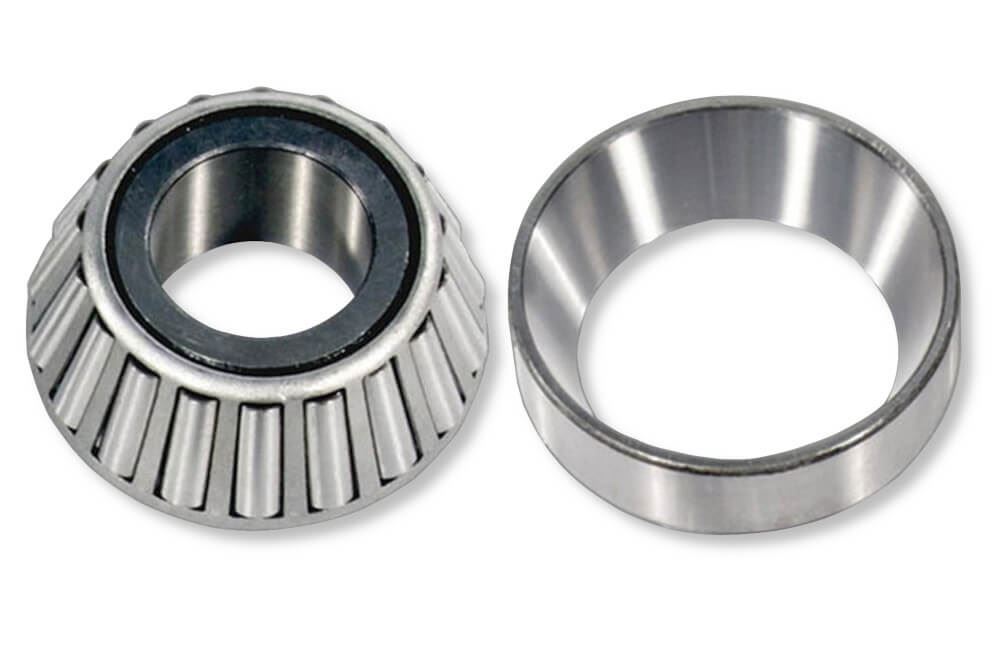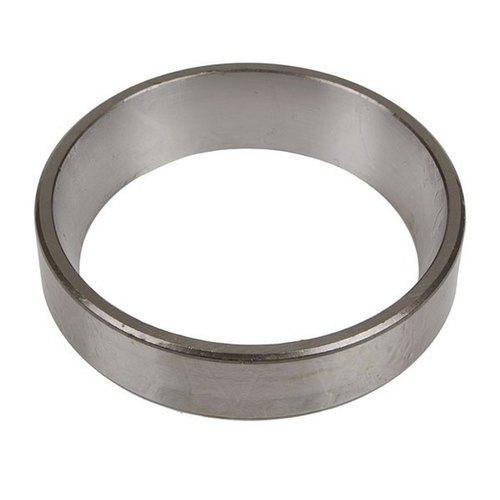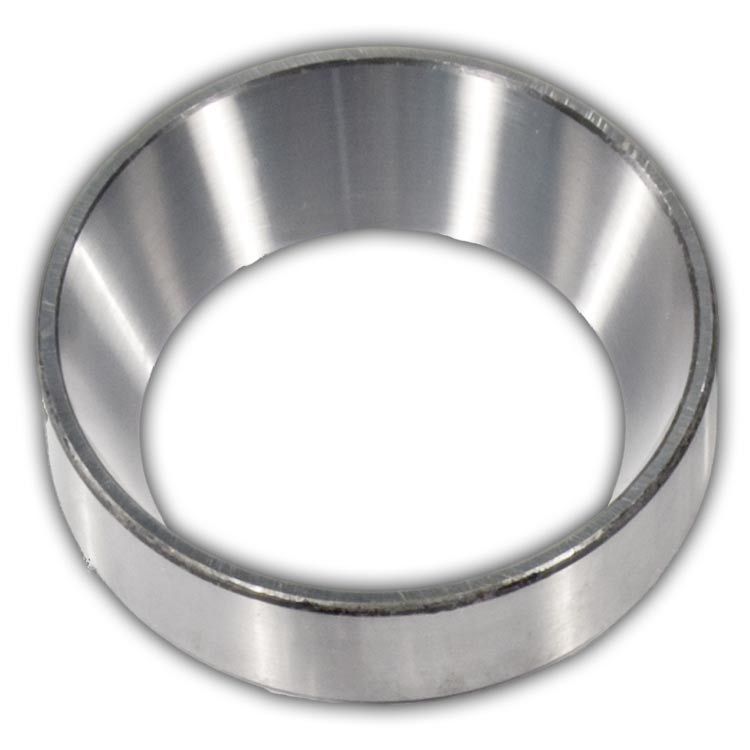
Maintenance and Lubrication Requirements for Cup Bearings
Cup bearings, like other types of bearings, require proper maintenance and lubrication to ensure their longevity and reliable performance. Here are the key considerations:
1. Regular Inspection: Periodically inspect cup bearings for signs of wear, damage, or misalignment. This visual inspection can help identify issues early.
2. Lubrication: Most cup bearings require lubrication to reduce friction and dissipate heat. The type of lubrication and frequency of re-lubrication depend on the bearing’s design and application. Consult the manufacturer’s recommendations for specific guidelines.
3. Contamination Control: Preventing contaminants like dirt, dust, and moisture from entering the bearing is crucial. Seals and shields help protect cup bearings from contaminants and should be regularly inspected for damage.
4. Re-greasing: In applications that require lubrication, re-greasing should be performed at regular intervals to maintain the proper lubrication film. Over-greasing can lead to overheating, while under-greasing can cause premature wear.
5. Correct Installation: Proper installation is essential to ensure cup bearings operate as intended. Follow the manufacturer’s installation guidelines, including torque specifications for locking nuts.
6. Temperature Management: Be aware of operating temperature limits. High temperatures can degrade lubricants, while low temperatures can affect bearing performance. Choose the appropriate lubricant for the expected temperature range.
7. Relubrication Holes: Some cup bearings have relubrication holes or grooves for easy maintenance. Make use of these features if available.
8. Handling and Storage: Store cup bearings in a clean, dry environment. Handle them with care to avoid damage to the bearing surfaces or seals.
Proper maintenance and lubrication practices are essential to maximize the service life and performance of cup bearings in various industrial and mechanical applications.

Enhancing Efficiency and Functionality with Cup Bearings
Cup bearings provide several advantages that enhance the efficiency and functionality of mechanical systems:
1. Reduced Friction: Cup bearings are designed to reduce friction between moving parts, which results in less energy loss and increased mechanical efficiency. This reduction in friction leads to improved performance and energy savings.
2. Load Support: Cup bearings offer excellent load-carrying capabilities, making them suitable for applications where heavy loads need to be supported. This ensures the stability and reliability of mechanical systems under varying loads.
3. Misalignment Compensation: Cup bearings can accommodate misalignment to some extent, allowing mechanical systems to operate smoothly even when components are not perfectly aligned. This feature minimizes wear and tear and prolongs the lifespan of the machinery.
4. Durability: Cup bearings are known for their durability, which contributes to the longevity of mechanical systems. They can withstand heavy loads, shock loads, and harsh environmental conditions without compromising their performance.
5. Precision: In applications where precision is crucial, such as manufacturing and automation, cup bearings provide the necessary stability and accuracy. This precision ensures that machinery operates as intended, leading to high-quality output.
6. Versatility: Cup bearings are versatile and can be customized to meet the specific needs of different mechanical systems. This adaptability allows them to be used in a wide range of applications.
7. Reduced Maintenance: The durability and reliability of cup bearings result in lower maintenance requirements. Reduced maintenance leads to increased uptime and cost savings for businesses relying on mechanical systems.
Overall, cup bearings are instrumental in enhancing the overall efficiency, functionality, and performance of mechanical systems across various industries.

Cup Bearings: Functions and Operation
Cup bearings, also known as tapered roller bearings, are critical components in various machinery and automotive systems. They serve the crucial function of enabling the smooth and efficient rotation of a shaft or assembly. Here’s how cup bearings function in machinery:
1. Tapered Design: Cup bearings have a unique tapered design, which includes an outer ring (the cup) and an inner ring (the cone). This design allows for efficient distribution of radial and axial loads, making them suitable for a wide range of applications.
2. Reduction of Friction: Cup bearings reduce friction between moving parts, enabling the assembly to rotate with minimal resistance. This reduction in friction helps improve the efficiency of the machinery and reduces heat generation.
3. Radial and Axial Load Handling: Cup bearings are capable of handling both radial (perpendicular to the shaft) and axial (parallel to the shaft) loads. This versatility makes them suitable for applications where loads may vary in direction.
4. High Precision: Cup bearings are manufactured to high-precision standards, ensuring that they provide accurate and stable rotation. This precision is essential in applications where exact positioning and smooth motion are critical.
5. Rolling Elements: Cup bearings contain rolling elements (usually tapered rollers) positioned between the inner and outer rings. These rolling elements transmit the load from one ring to the other with very little friction, enhancing the bearing’s load-carrying capacity.
6. Lubrication: Proper lubrication is crucial for the smooth operation of cup bearings. Lubricant reduces friction and wear, prolonging the bearing’s service life. Lubrication also helps dissipate heat generated during operation.
7. Applications: Cup bearings are commonly used in automotive applications, including wheel hubs and transmissions, as well as industrial machinery such as conveyors, gearboxes, and agriculture equipment.
8. Adjustability: In many cup bearing designs, the axial position of the inner ring (cone) can be adjusted, allowing for precise control over the assembly’s clearance and preload. This adjustability is valuable for fine-tuning the bearing’s performance.
9. Longevity: Cup bearings are designed for durability and can provide a long service life when properly maintained. Regular maintenance, including lubrication and monitoring for wear, is essential to maximize their longevity.
Overall, cup bearings play a fundamental role in machinery by reducing friction, enabling efficient load transmission, and ensuring precision in rotation. Their versatility and reliability make them indispensable in various mechanical and automotive systems.


editor by CX 2024-05-16